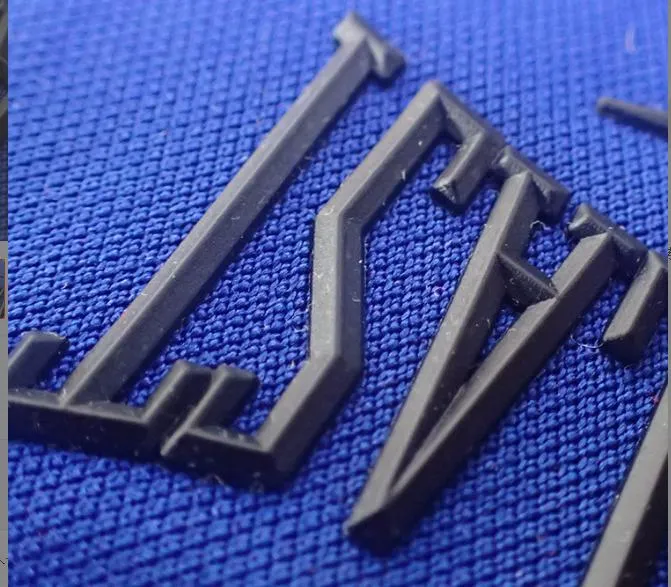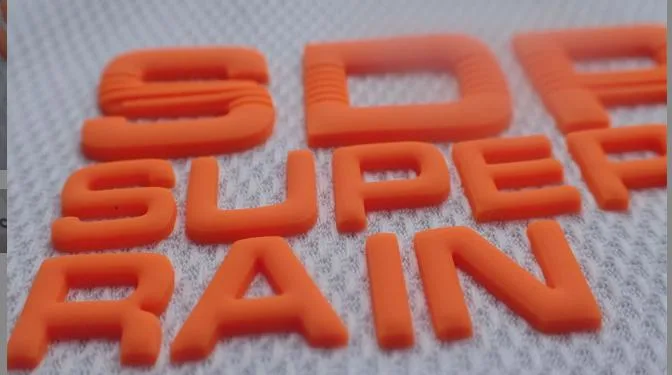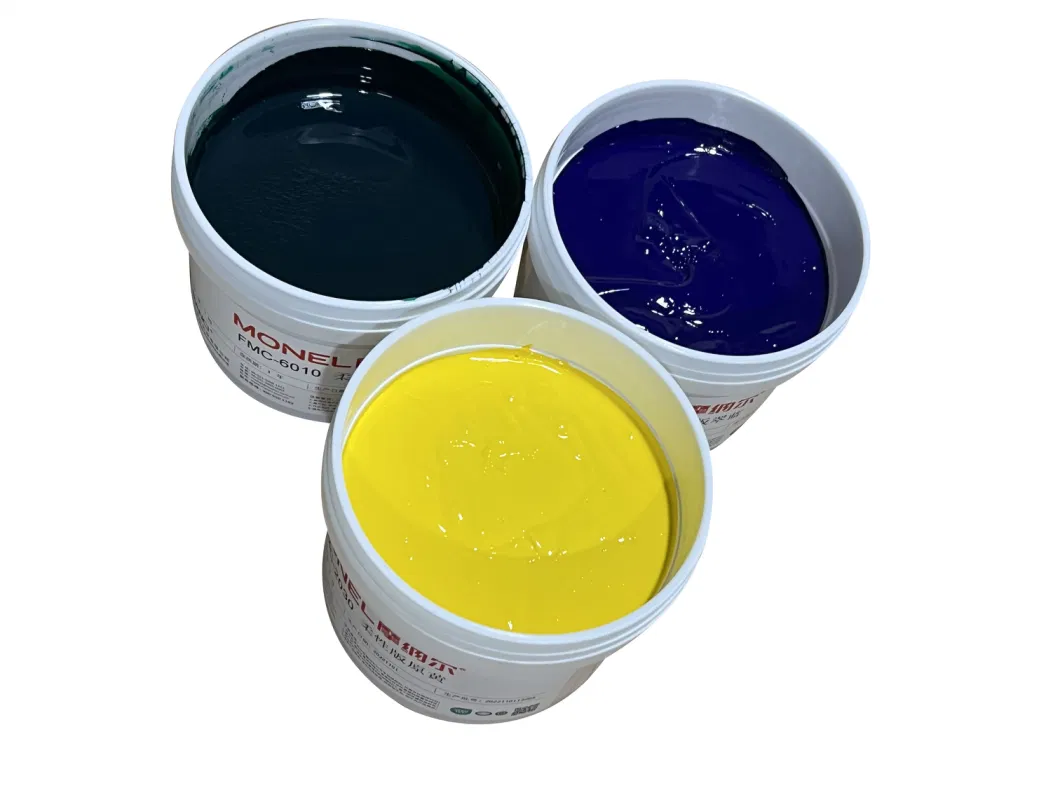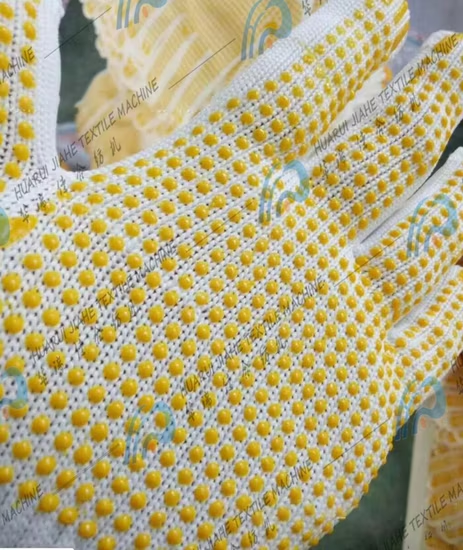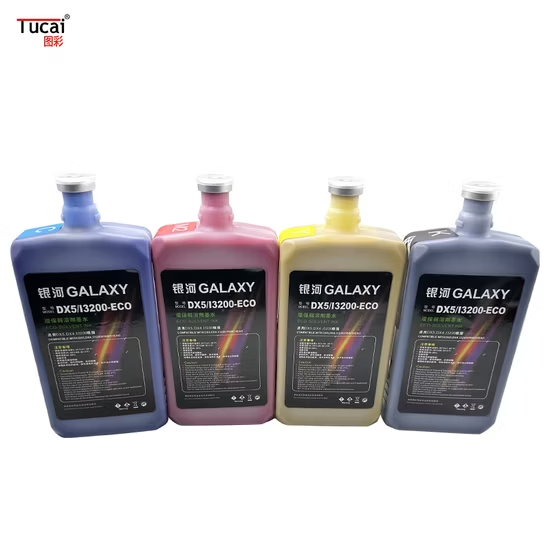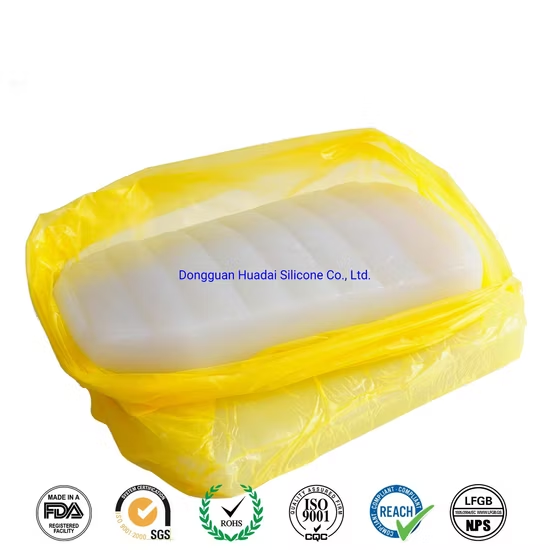Базовая информация.
| Модель №. | Серия МА |
| Товарный знак | МОНЕЛЬ |
| Источник | Китай |
| Код ТН ВЭД | 3215110010 |
| Производственная мощность | 5000 тонн |
Описание продукта
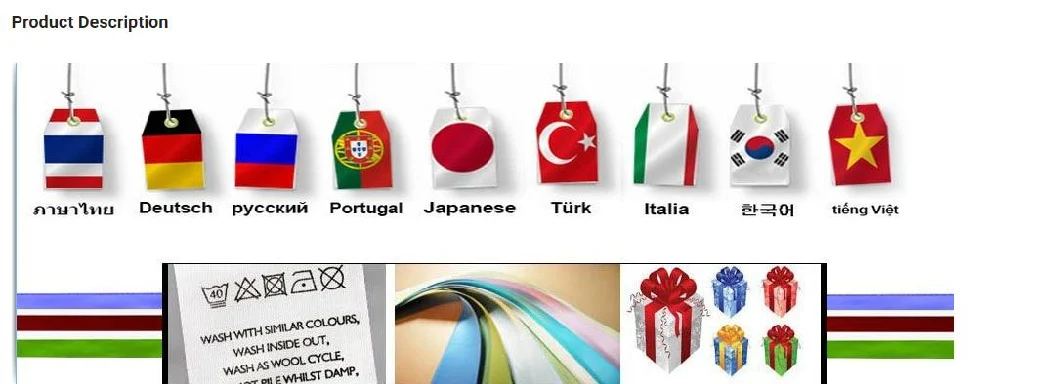
Силиконовые чернила для шелкографии серии MA
ПАСПОРТ ХИМИЧЕСКОЙ БЕЗОПАСНОСТИ (MSDS)
Часть II: Обзор рисков
Категория опасности:
Уровень опасности: Острая токсичность – перорально: Категория 4
Разъедание/раздражение кожи: Категория 2.
Серьезная травма глаз/раздражение глаз: Категория 2А.
Кожная аллергия: Категория 1.
Хронические опасности для водной среды: Категория 2.
Указания по маркировке опасности и ее предотвращению:
Маркировка:
Рекламный щит: Внимание!
Описание уровня опасности: H315 вызывает раздражение кожи.
H319 Вызывает сильное раздражение глаз.
H411 Долгосрочный и стойкий вред водным организмам
Меры предосторожности:
Профилактика:
P261 Избегайте вдыхания пыли/дыма/газа/дыма/паров/спрей.
P264 Пожалуйста, очистите после завершения операции.
P270 Не ешьте, не пейте и не курите при использовании этого продукта.
P272 Загрязненную рабочую одежду нельзя выносить с рабочего места.
P273 Предотвращение утечки
P280 Носить защитные перчатки/одежду/очки/противогаз.
Отвечать:
P301 + P312 При проглатывании позвоните в центр неотложной помощи для немедленной медицинской помощи.
P302 + P352 Загрязнение кожи: Промыть большим количеством воды с мылом.
P305+P351+P338 При попадании в глаза: Промыть большим количеством воды в течение нескольких минут. Если это удобно, сначала снимите контактные линзы и продолжайте промывать.
P330 Прополоскать рот.
P332+P313 Раздражение кожи: обратиться за медицинской помощью/лечением.
P333+P313 При появлении раздражения кожи или сыпи: обратиться за медицинской помощью/последовать совету врача.
P362 Снимите загрязненную одежду и очистите ее перед использованием.
P391 Сбор пролитой жидкости
Хранить в хранилище: нет данных
Утилизация: P501 Поместите контейнеры для мусора в….
Часть III Состав/Информация о составе
Смесь высочайшего качества √
| Опасные ингредиенты | Содержание | Регистрационный номер химического абстрактного индекса (CAS) |
| Полидиметилсилоксан | 80-95% | |
| Кальций | 5-10% | |
| Силиконовое масло | 1-5% | |
Часть IV. Меры первой помощи
Если у вас есть какие-либо вопросы или симптомы, которые сохраняются, обратитесь за медицинской помощью.
Контакт с кожей: Промыть кожу большим количеством воды.
При попадании в глаза: Немедленно промойте глаза большим количеством воды в течение не менее 15 минут и обратитесь за медицинской помощью.
Вдыхание: Немедленно перевести пострадавшего на свежий воздух. Если дыхание остановилось, сделайте искусственное дыхание. Если дыхание затруднено, дайте кислород и обратитесь за медицинской помощью.
Проглатывание: Не вызывать рвоту. Сразу дайте 2 стакана воды. Если пострадавший теряет сознание, ничего не ешьте внутрь. Получите медицинскую помощь.
11mg/LbrInhalation in rats(1h)LC50:>10.7mg/LbrPercutaneous absorption in rabbits LD50:>2,250mg/kgbrRat oral LD50:8,191mg/kgbrSubacute and chronic toxicity: Repeated inhalation toxicity in animals includes reduced weight gain, decreased absolute and relative weight of the liver, and degeneration of the epithelium of the olfactory organ (tissue of the nose). The toxicity of repeated ingestion in animals includes weight loss, but no pathological changes were found.brIrritation: This mixture is a mild skin irritant and a moderate eye irritant.brSensitization: Not an animal skin sensitizing substance.brMutagenicity: Animal experiments or bacterial culture tests do not cause genetic damage, but positive in a mammalian cell culture experiment.brTeratogenicity: Animal experiments have shown that this substance does not cause developmental and reproductive toxicity.brCarcinogenicity: Components in this substance with a concentration equal to or higher than 0.1% are not listed as carcinogens by IARC, NTP, OSHA, or ACGIH.brOther: The experiment of exposure to 60 ppm for 4 hours at a time found that the animal's cornea was turbid and the distance from the cornea to the anterior surface of the lens temporarily increased. An experiment in which 10 uL of this substance was dropped into the eyes of animals after a single exposure showed that this substance caused corneal opacity. Administration of 10-100 uL of a similar mixture causes corneal opacity, temporary thickening, and temporary paralysis of the cornea. An animal experiment with skin exposure of about 60 mg/kg found a temporary increase in the distance from the cornea to the anterior surface of the lens.brPart XII Ecological InformationbrEcotoxicity:brAquatic toxicitybrCyprinidae small fish 96h LC50: 18-24mg/L, moderate toxicity.brDaphnia 48h LC50: 112-150mg/LbrNon Biodegradability:brBioenrichment or bioaccumulation:brOther harmful effects:brPart XIII Waste DisposalbrNature of Waste: Hazardous wastebrWaste disposal method: Waste disposal must comply with the requirements of corresponding provincial/autonomous regional and local regulations. Recycled liquid for reuse or regeneration. Dispose of waste in a licensed incineration plant or biological treatment system.brDisposal precautions: Do not flush water or solid substances into surface water or sanitary water systems.brPart XIV Transportation InformationbrDangerous goods No.: Not listed in the Chinese national standard "Dangerous Goods List" (GB 12268-90), not listed by the United States Department of Transportation (DOT), the International Maritime Organization (IMO), and the International Air Transport Association (IATA) as dangerous goods.brUN Number:brPackage identification:brPackaging category:brPackaging method: plastic bucketbrTransportation precautions:brPart XV Regulatory InformationbrRegulatory information: Regulations on the Safety Management of Hazardous ChemicalsbrDetailed Rules for the Implementation of the Regulations on the Safety Management of Hazardous Chemicals (HLF [1992] No. 677)brRegulations on the Safe Use of Chemicals in the Workplace ([1996] LBF No. 423)brClassification and Marking of Commonly Used Hazardous Chemicals (GB13690-92)brLaw of the People's Republic of China on the Prevention and Control of Solid Waste PollutionbrGeneral Technical Conditions for Transport Packaging of Dangerous Goods (GB12463-90)brPart XVI Other InformationbrReferences: 1. Workplace Chemical Safety Management, State Economic and Trade Commission Bureau of Work Safety, 2000br2. New Safety Manual for Hazardous Materials, Chemical Industry Press, 2001br3. Complete Book of Safety Technologies for Hazardous Chemicals, Chemical Industry Press, 1997br4. Regulations on the Registration and Administration of Hazardous Chemicals, State Economic and Trade Commission, October 1, 2000brDate of filling: May 2022brFilled by: Shanghai Manci Industrial Co., LtdbrData Reviewed by: Shanghai Manci Industrial Co., Ltd brRevision description: It is revised and compiled in accordance with the Regulations on the Preparation of Chemical Safety Technical Instructions (GB16483-2000).brOther information:brThe information provided in this document is not a product indicator: it does not guarantee a specific nature. The information contained is based on our understanding of the operation, storage, and use of the product and provides general guidance on health and safety. It is not applicable to special or non-standard use of this product and not in accordance with instructions and recommendations.brThe technical information referenced in this document is currently reliable. When other knowledge and experience are gained, they should be revised again.br>